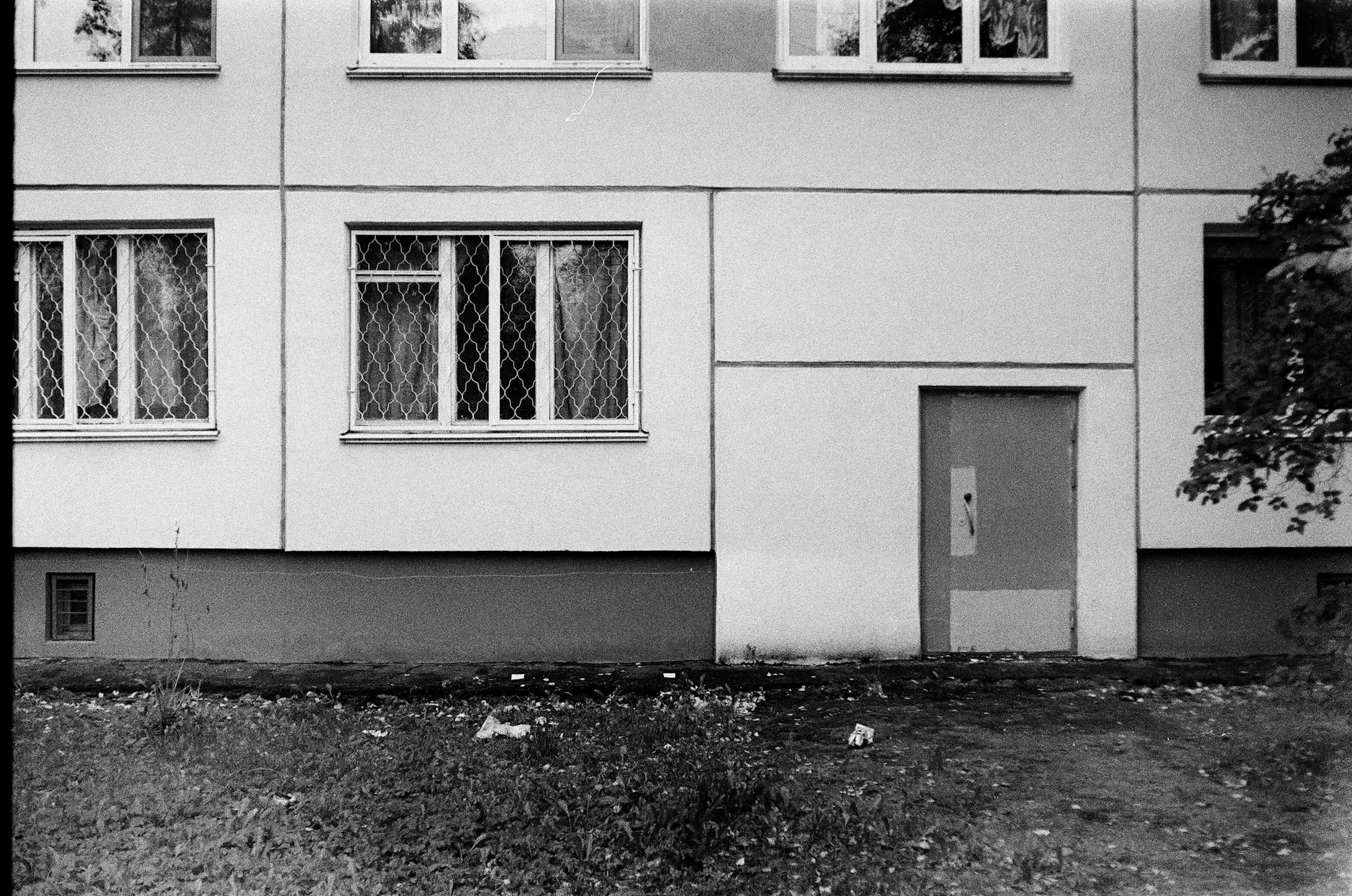Understanding Cell Tower Antenna Types: A Comprehensive Guide

The telecommunications industry has rapidly evolved over the last few decades, and one of the key components that enable this transformation is the cell tower antenna. As we delve deeper into the various cell tower antenna types, it's essential to understand their functionalities, applications, and contribution to seamless connectivity.
What are Cell Tower Antennas?
Cell tower antennas are critical components of mobile communication networks. They facilitate wireless communication by transmitting and receiving radio frequency signals between the mobile devices and the network. Depending on the design and application, these antennas can vary significantly.
The Role of Cell Tower Antennas in Telecommunications
In the field of telecommunications, cell tower antennas play an integral role in ensuring efficient communication. They allow for:
- Enhanced Coverage: By properly positioning multiple cell tower antennas, network providers can maximize service area.
- Improved Signal Quality: The right type of antenna can reduce interference and enhance user experience.
- Scalability: As demand grows, additional antennas can be installed to support new users and higher data traffic.
Exploring Different Cell Tower Antenna Types
Here, we’ll outline the most prevalent cell tower antenna types used in the industry today, presenting their unique features and uses:
1. Omni-Directional Antennas
Omni-directional antennas are designed to radiate signals in all directions. This extensive coverage makes them ideal for areas where users are spread uniformly around the tower. Common characteristics include:
- Wide coverage area
- Typically mounted on tall structures
- Easy installation and maintenance
These antennas are generally used in urban settings where multiple users are present in every direction.
2. Directional Antennas
In contrast, directional antennas concentrate their signal in a specific direction, allowing for targeted coverage. They are commonly used for:
- Extending coverage in remote areas
- Linking different cell sites together
- Enhancing signal quality to specific regions
These antennas are an excellent choice for applications requiring clear signals at greater distances.
3. Sector Antennas
Often employed in cellular networks, sector antennas are a type of directional antenna that divides the coverage area into sectors. Typically, a cell tower might utilize three sector antennas to cover 360 degrees. Advantages include:
- Increased capacity handling
- Focused signal strength
- Improved quality of service in busy areas
By dividing coverage, network operators can manage more users simultaneously, leading to a better overall experience.
4. Panel Antennas
Panel antennas are another type of directional antenna, generally flat and rectangular. They are frequently used in urban environments due to their sleek design and ability to provide high gain. Their features include:
- Compact design suitable for limited space
- High efficiency in capturing and transmitting signals
- Commonly used for both 3G and 4G networks
Given their efficiency, panel antennas continue to gain popularity in modern telecommunications.
5. Yagi Antennas
Yagi antennas are highly directional antennas that are most effective in specific applications where enhanced signal gain is required. They are frequently used for:
- Point-to-point communication
- Assembling multiple signals to one receiver
- Communication with distant towers
With their unique design, Yagi antennas can significantly enhance signal strength when pointed in the desired direction.
How to Choose the Right Antenna Type
Determining the appropriate cell tower antenna types for your specific needs hinges on several factors:
- Coverage area: Analyze the geography and the urban layout to decide on directional versus omni-directional.
- User density: In high-density areas, sector antennas may be more advantageous.
- Signal requirements: Evaluate whether high gain or moderate coverage is necessary.
The Future of Cell Tower Antennas
As demand for mobile data continues to surge, the evolution of cell tower antenna technologies is inevitable. New and advanced antennas are being developed to facilitate the rollout of 5G networks and beyond. The future may hold:
- Massive MIMO: A technology that uses multiple antennas at both the transmitter and receiver to enhance performance.
- Smart Antennas: They can adaptively beam-form and track users to optimize signal quality.
- Integration with IoT: With the rise of Internet of Things devices, antennas may need to serve a broader range of applications.
Conclusion
Understanding cell tower antenna types is crucial for telecommunications providers, network engineers, and users who rely on mobile communication. The design and functionality of antennas significantly affect the accessibility, quality, and reliability of wireless services. As the industry continues to innovate, staying informed about advancements in antenna technology will ensure that consumers and businesses alike can enjoy uninterrupted connectivity.
For more comprehensive insights and services related to telecommunications, IT Services, and Computer Repair, visit Teleco.com and stay updated with the latest industry trends.









